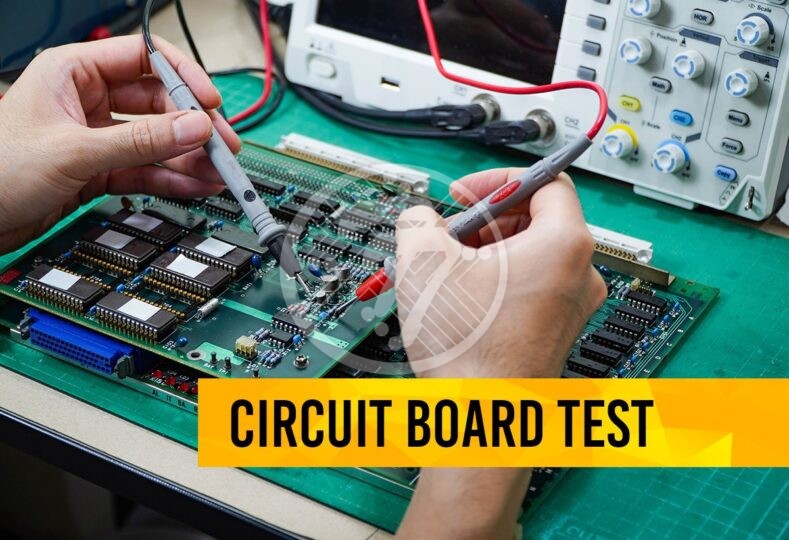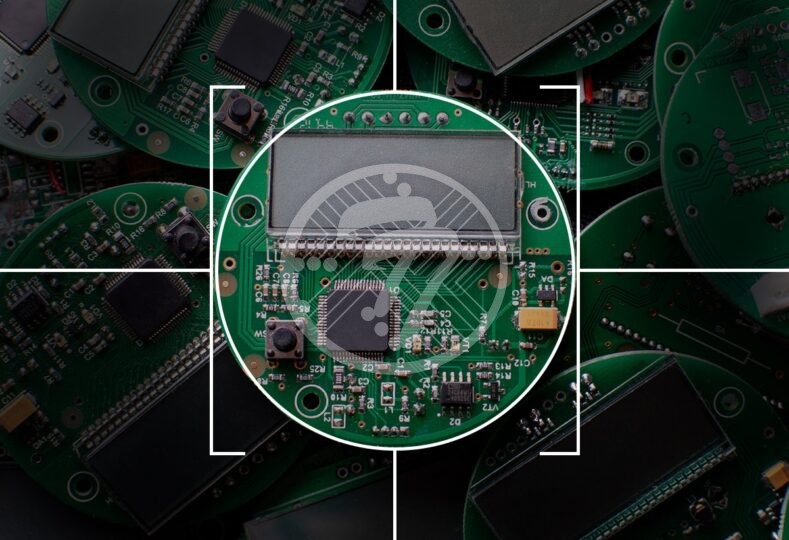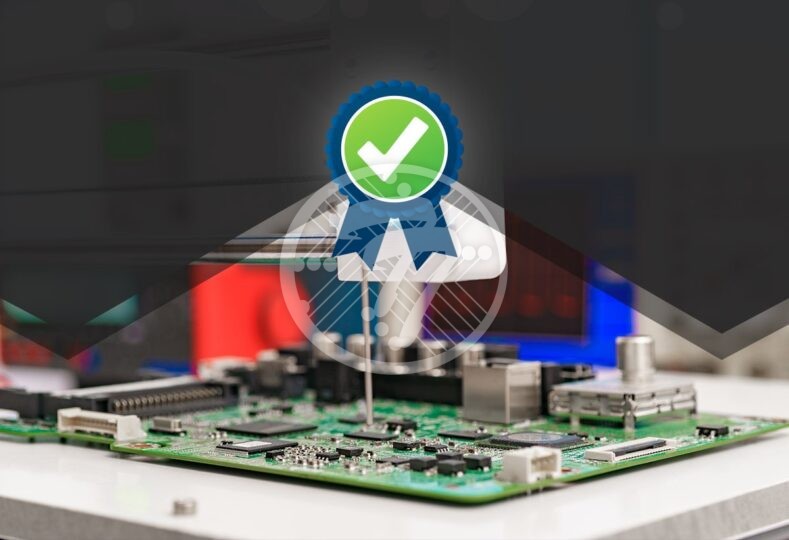Top signs that indicate that it is the time for a circuit board test!

The flawless working of a PCB is the key to the reliable working of any electronic equipment. It is therefore imperative that you be watchful of signs that indicate that your circuit board is faulty & that indicate that it is time for a circuit board test. Here are the aspects to look out for:
Common signs and causes of PCB failure:
Burnt Components
When the PCB needs to work under extreme temperature conditions, burnt components can be a reality. There are several factors that can result in burning of components, important among them being:
- Area surrounding the component
- Shape & size of the component
Overheating of components is a sign that all is not well with the PCB. Not paid due attention to, it can lead to operational issues.
Issues during manufacturing of PCB components
Issues in either the manufacturing of components or their improper placing can result in a number of issues. Some of the common issues faced include:
- Improper soldering
- Chemical leaks
- Poor connectivity between layers
- Loose components
- Other human errors
An easy way to check for any issues with SMT components is to conduct a dye- and- pry test. It will go a long way in telling you about the issue & how the device is being impacted because of it.
Environmental Factors
In assembling electronic components, it is extremely important that environmental conditions are controlled. For example, humidity in the room can lead to a wide variety of issues. Similarly dust & heat can impact the PCB, as can issues such as an accidental fall. Some of the other causes that can lead to malfunctioning of PCBs include accidental submersion in water or exposure to lightening, for example.
Also, overtime dirt can accumulate in the PCB & cause it to malfunction as also reduce its lifespan.
Age of components
As components age, circuit boards can eventually fail. In fact as components reach end of life, malfunctioning can increase many fold. Component replacement at this stage may therefore become a reality.
Armed with this information about potential causes of PCB failure, the importance of printed circuit board testing cannot be overstated. Testing can reveal issues that can be addressed through rework & repair.
If you already suspect that your circuit board may be faulty on account of the above reasons, what then are some of the recourses available to you?
What to do in case of a suspected faulty circuit board?
1. If the board’s electronic components are in place, the first thing to do is to test the board with its power on.
2. In case electrical components have not been installed, the power needs to be shut and the connection wires cut, before the board is inspected.
3. It is important to check the circuit board for any visible signs of damage. Signs can include components that are crushed, wires that are cracked, any burn marks or scratches and more. Scratches can damage connections while misplaced solders can disrupt connections or even cause a short circuit. In case such signs are visible there is no need to continue the testing. Instead the damaged parts need to be immediately replaced.
4. Switching the circuit board on & checking for the voltage of all connections with an oscilloscope is an important step. Voltage probes need to be applied to the end of each connection so as to be able to identify the issue.
5. In case connections aren’t conducting the specified voltage, what is indicated is a bad connection.
To sum up
Over a period of time, PCBs can undergo damages that can impact their functionality and therefore the functionality of your electronic device. Timely testing can ensure that the board is repaired or reworked. Of course, understanding the exact issue is the vital first step to be able to make the necessary repair. Knowing the signs of PCB failure can therefore go a long way in ensuring that you take timely action & that the functioning of your equipment isn’t compromised. Needless to mention, that in mission critical operations timely testing & necessary action can be life saving.
TechnoTronix is an ISO 9001:2015 certified company who delivers one-stop PCB manufacturing services with specialized support, reliable testing, and multi-functional features. Our main strength lies in the extensive experience and skilled team of experts to provide error less and lead-free PCB manufacturing solution. You can drop an email to sales@technotronix.us or give us a call at 714/630-9200 to solve your queries or to get a quote.









